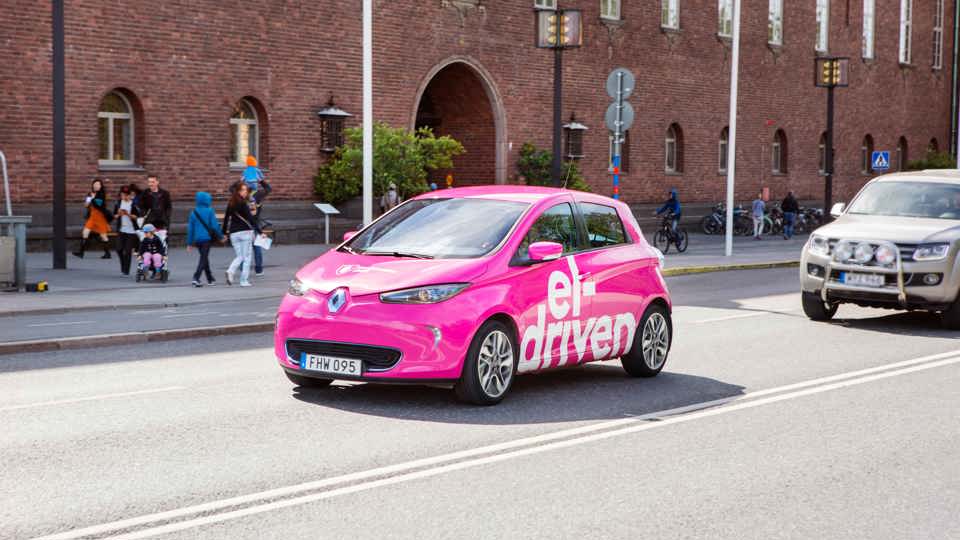- Sustainable Living
- Travel
- Your own car
Your own car
When you use your car, drive on renewable fuels and drive as climate-smart as possible. Here we give you tips on different fuels that are good for the environment and for your wallet.
Green cars are cars that emit less carbon dioxide such as electric cars, plug-in hybrids or charge hybrids, and natural gas vehicles. Cars that run on E85 or 100 percent HVO also have low emissions.
Fill up with ecofriendly fuel
If you have a car that can run on several fuels you can easily make a big difference for the environment by choosing an environmentally friendly fuel.
Some diesel cars can refuel on 100 percent HVO, which is a renewable fuel. There is also fuel with the Svanen label, which is largely renewable.

